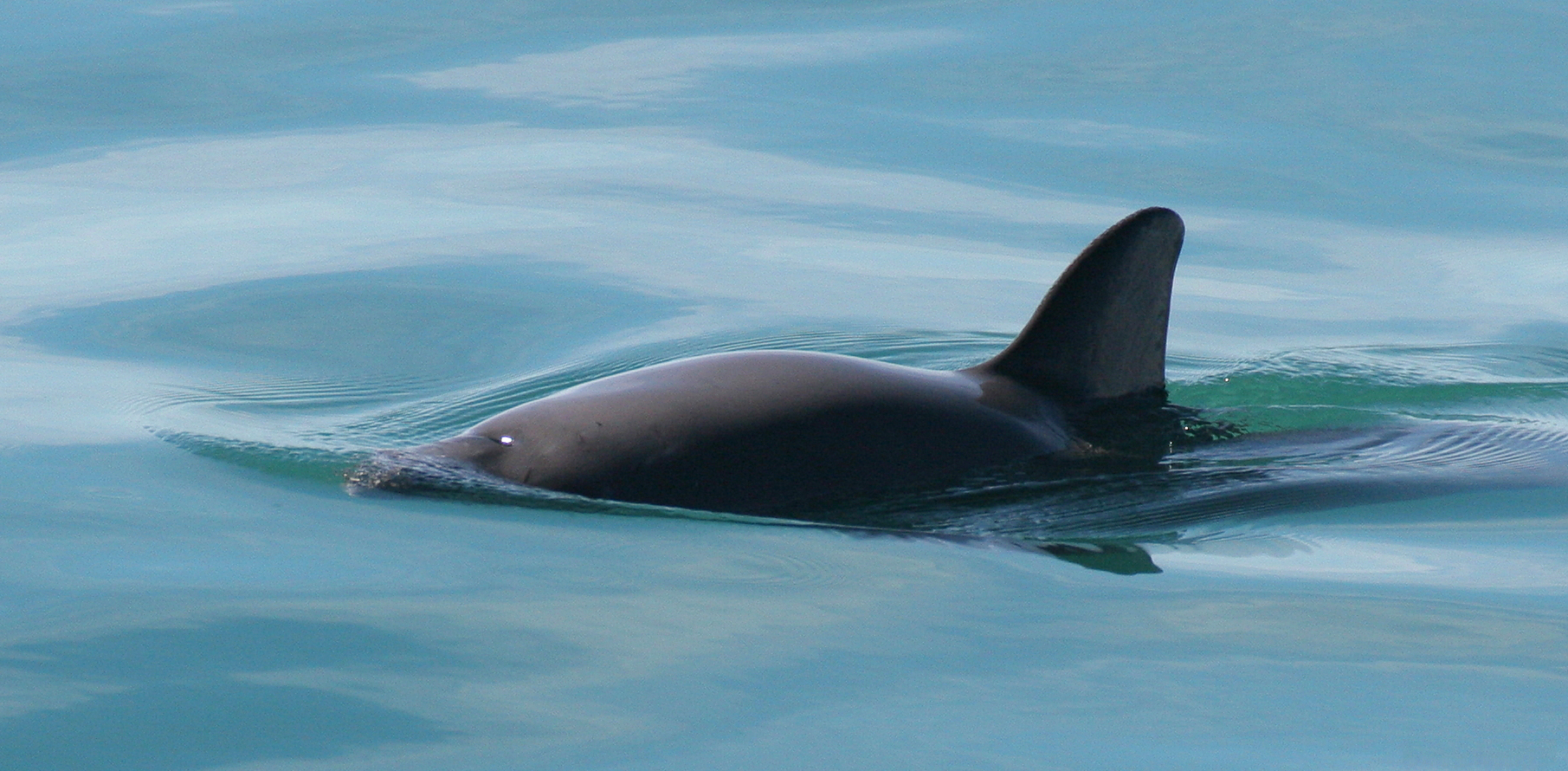Desperate Action Needed to Save a Small Species of Porpoise from Extinction
- The following is the opinion and analysis of the writer.
- Use of this article or any portions thereof requires written permission of the author.
File:Vaquita4_Olson_NOAA.jpg

A new documentary, The Sea of Shadows, is airing commercial free on National Geographic Saturday, November 9 at 9/8c. The documentary shows first-hand the efforts being made to stop the illegal, highly profitable trade market for the totoaba fish, which includes the involvement of the Mexican cartels and Chinese mafia. The illegal poaching of the totoaba, has in turn, placed the vaquita on the brink of extinction and has led to many other negative ecological impacts on the Sea of Cortez ecosystem.
The vaquita is the smallest species of cetacean (whale, dolphin, porpoise) in the world, usually only growing to 4.5 feet. Endemic to the Sea of Cortez, vaquita populations began dwindling after being caught and killed in illegal fishing nets used to capture the totoaba, an endangered fish highly prized for their swim bladders. International trade has been banned on both the vaquita and totoaba, but that has not stopped China and other countries from obtaining the totoaba swim bladders, known as the “cocaine of the sea,” through illegal trade markets, which in turn, keeps up a high demand for the poaching of these animals. It does not help the fate of the vaquita that the Mexican drug cartels and Chinese mafia are involved in this black-market trading network.
In response to the decline in the vaquita populations, the Mexican government banned most forms of fishing in the area in 2015 at the economic expense of the local fishermen living in the region. However, the population continued to decline due to the illegal poaching of the totoaba. In response, extreme measures have been proposed by many environmental organizations including the Center for Biological Diversity that includes trade sanctions on sustainable but endangered populations of animals and plants in Mexico until the illegal trade on the totoaba are ceased. This led to a proposed three-country agreement between Mexico, China, and the United States at the triennial Convention on International Trade in Endangered Species of Wild Fauna and Flora (CITES) meeting to finally establish necessary and sufficient measures to stop the downward trend in the vaquita population. These potential collaborative measures include eliminating the supply and demand for the totoaba, getting rid of the gillnets the vaquita get ensnared in, the patrol and monitoring of the area to make sure illegal poachers are not side stepping the authorities in the use of these gillnets, and the authority to arrest fisherman still using these illegal gillnets to catch totoaba. However, with the election of the new Mexican president, Andrés Manuel López Obrador, local shrimp fisherman who were previously compensated to avoid fishing in the area are no longer paid, which will cause the shrimp gillnets to return to the area for the first time in four years.
There are potentially only ten vaquitas remaining in the world as of September 2019, so action needs to be taken as soon as possible if any chance remains to save this species from extinction. Of course, with populations so low, breeding problems also arise. Individuals will have greater difficulty finding one another for reproduction, and inbreeding and reduced gene flow through a bottleneck effect will cause the species to be more susceptible to disease. Major ecological concerns also develop with the removal of a vital marine species. All told, it would take a miracle at this point to save this functionally extinct species.
There has been some good news as scientists recently spotted as many as six healthy individuals on a recent sighting, including a few calves, further demonstrating that the species is not extinct yet, but great conservation efforts remain to save the vaquita from extinction.
Unfortunately, the vaquita is just one example of an all too common trend. Over 500 million years of animal evolution has obviously led to the implication that the existence of a particular species is not eternal. In fact, most species of mammals are only on the planet for approximately one million years. However, certain geological and astronomical events throughout the history of Earth have led to an extremely high frequency of extinctions over a very short geologic time span. There are five mass extinction events throughout the history of our planet with the greatest being the Permian mass extinction event that nearly wiped out all of life on earth 250 million years ago, and the most recent being the mass extinction at the end of the Cretaceous Period 66 million years ago that led to the extinction of non-avian dinosaurs.
Most paleontologists agree that we are currently undergoing our planet’s sixth great mass extinction today. Unlike the mass extinctions of the past, this one is not caused by an asteroid impact, or volcanism, or a change in the chemical composition of the atmosphere, but rather, the sole cause is from the impacts of one particular species of animals.
This ongoing mass extinction has resulted in the extinction of a few well-known species including the passenger pigeon, the dodo bird, and even the woolly mammoth which likely went extinct from the impacts of over-hunting from our early ancestors in the Pleistocene. The marine environment has not been spared from extinctions either. In the last decade, the baiji, Yangtze River dolphin, has been declared extinct, marking the first cetacean (whales, dolphins, porpoises) to fall victim to the ongoing mass extinction. Desperate measures are needed to prevent the vaquita from meeting a similar fate.
The plight of the vaquita is just one example of the many critically endangered species that currently exist today. Conservation efforts and sustainable practices as part of the Endangered Species Act, the Marine Mammal Protection Act, and international agreements through CITES need to be implemented to save these species and prevent further extinctions.

